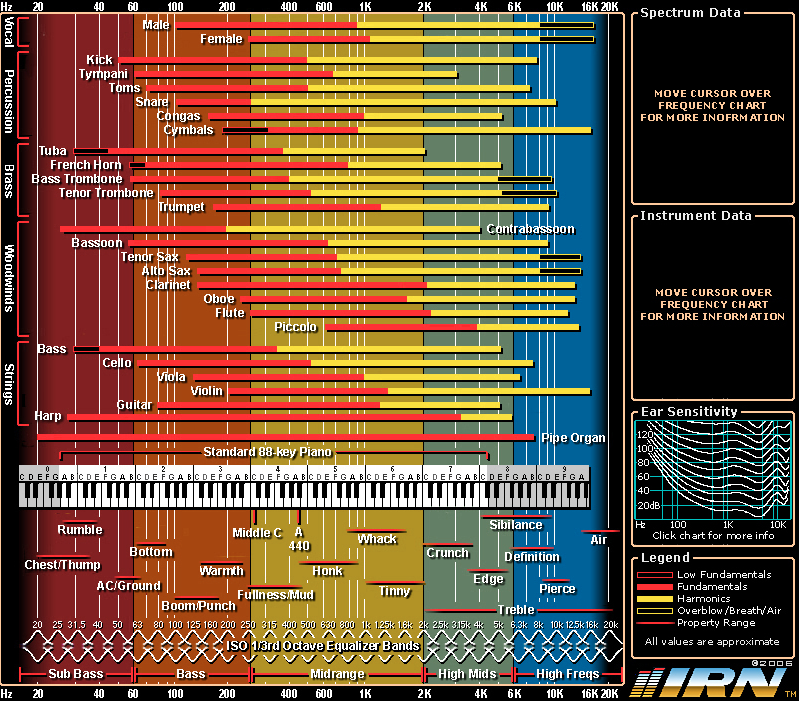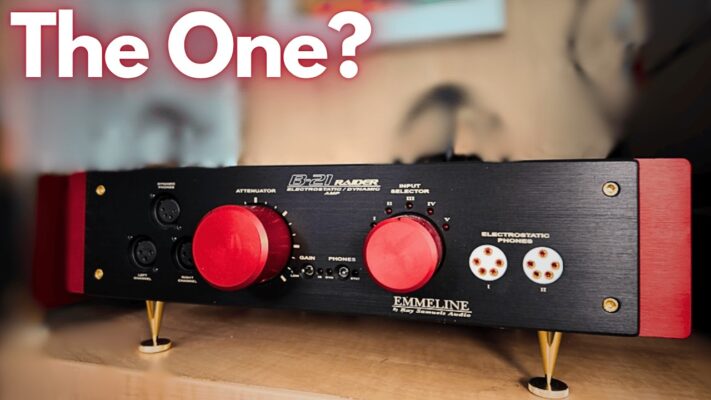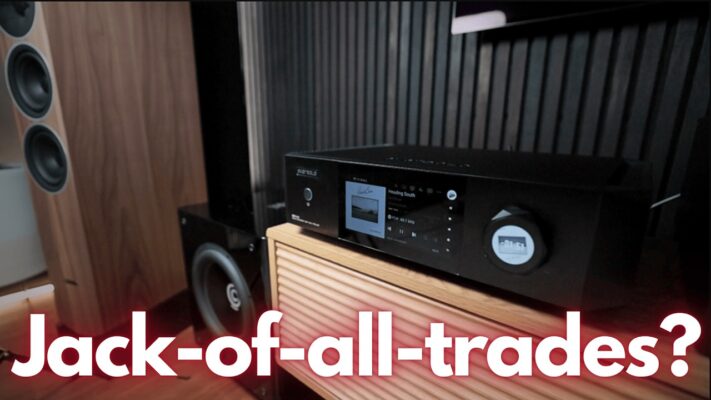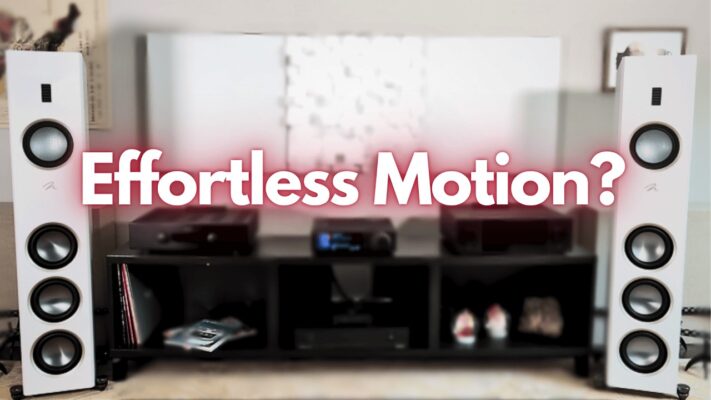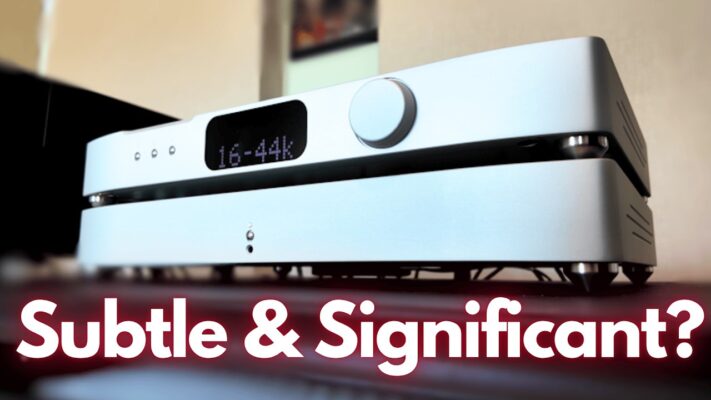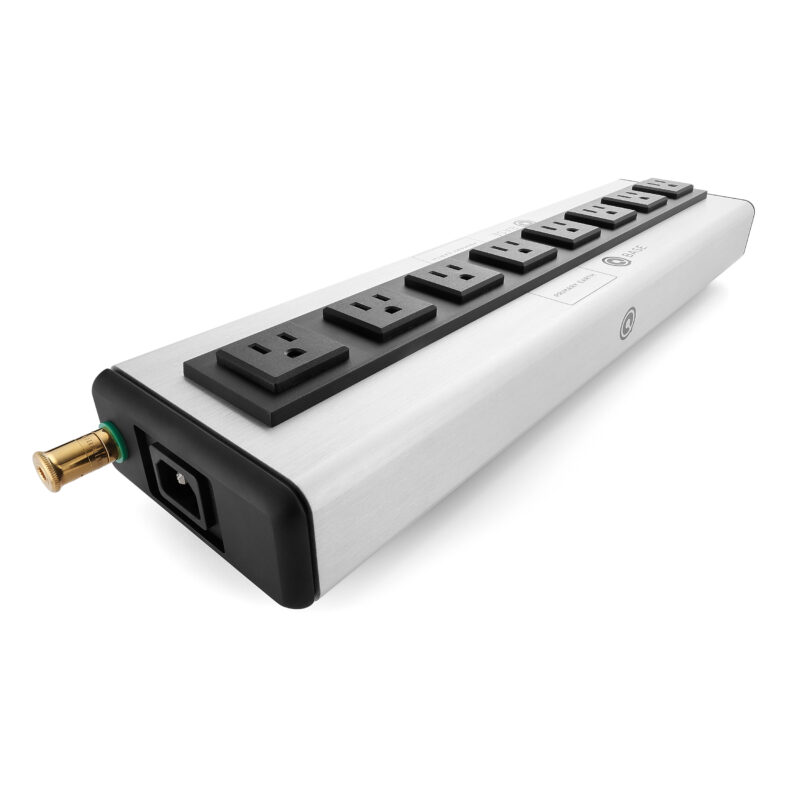
In our reviewing, we use words like “mid-bass” or “upper midrange” to describe the frequency ranges of sounds. We also refer to frequencies of sounds, as in “400-800 Hz” or “3 kHz”. It can be helpful to have a “decoder ring” for these terms, and we aim to provide that here.
First, let’s be clear that sounds we can hear occur as waves. Your speakers (or an instrument or a vocalist) have surfaces, e.g., the speaker cone, that move back and forth with the musical signal. As the cone or the vocal cords, or guitar string move back and forth, waves of positive and negative pressure are created. When these reach the ear, your eardrum and complex internal mechanisms convert the pressure variations to signals you hear in your brain as sounds.
The pitch of a sound wave can be characterized by its frequency. “Frequency” here just means how often the pressure waves go from positive to negative and back to positive. We quantify this by measuring how many times per second the pressure alternates from high to low to high. Frequency is measured by a unit called “Hertz” (not the car rental company but the German physicist), abbreviated Hz. 1 Hz is 1 cycle (high pressure to low pressure to high pressure) per second. 1 kHz is 1000 cycles per second.
For convenience, we classify the ranges of pitch into groups so we can talk about them more easily. So, you will see The Absolute Sound reviews mentioning these regions, which mean approximately the frequency ranges shown below:
- Low Bass: 10-40 Hz
- Mid-Bass: 40- 90 Hz
- Upper Bass: 90-180 Hz
- High Bass: 180-300 Hz
- Low Midrange: 300-600 Hz
- Mid Midrange: 600-1200 Hz
- Upper Midrange: 1200-2500 Hz
- Low Treble: 2500-5000 Hz
- Mid-Treble: 2500 to 10000 Hz
- Upper Treble: 10000-20000 Hz
The numbers here are excessively precise, but they give you a sense of the ranges being discussed.
Now, to help you learn to connect these numbers and words to actual musical sounds, we offer a chart we have found especially useful. It shows the frequency ranges of a variety of instruments. It conveniently shows both the fundamental and overtone ranges of each instrument. Instruments and vocals are based on resonators (strings, diaphragms, reeds, etc), and all resonators have a basic or fundamental frequency and a range of “harmonics” which are simple multiples (2x, 3x, 4x) of the fundamental frequency.
Clicking the image below will navigate you to a helpful interactive version of the chart.

By Tom Martin
More articles from this editorRead Next From Blog
See all
An Immersive Masterpiece
- Jul 01, 2025

The Physics of Describing Music Reproduction
- Jun 10, 2025
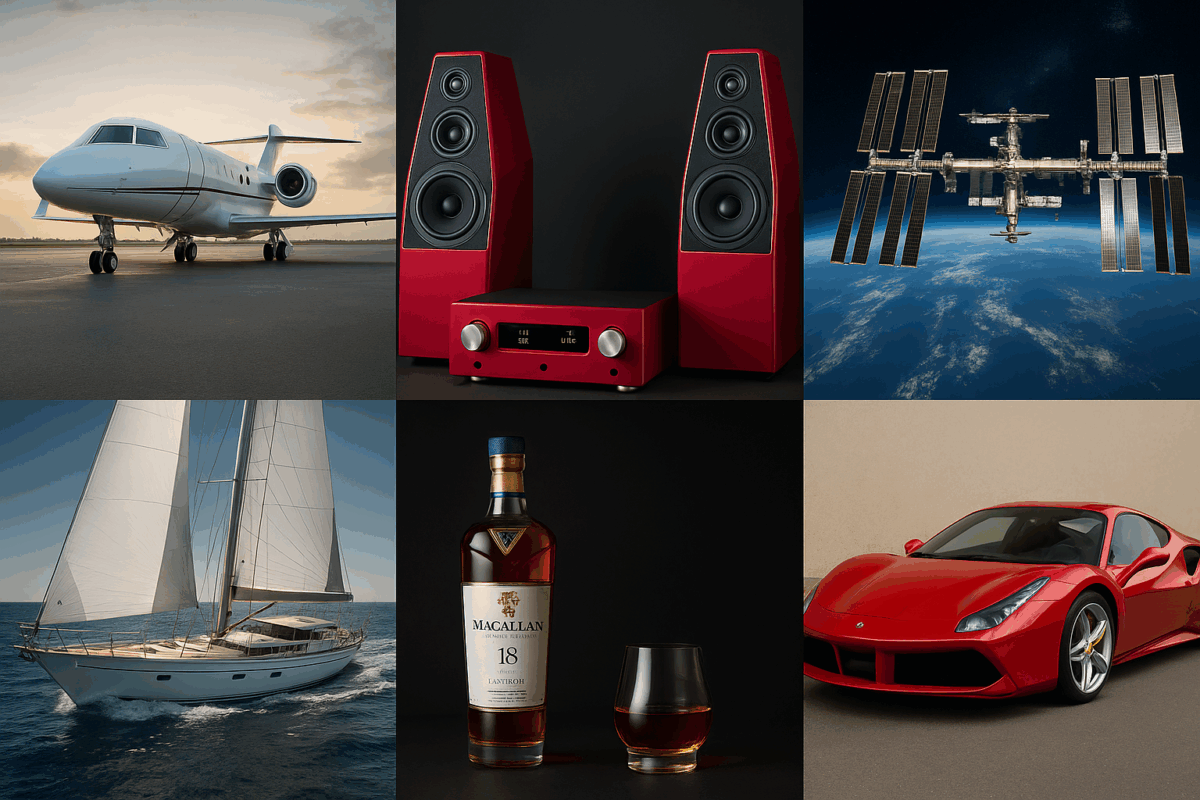
Measuring the Relative Cost of Audio Experiences
- Jun 03, 2025










